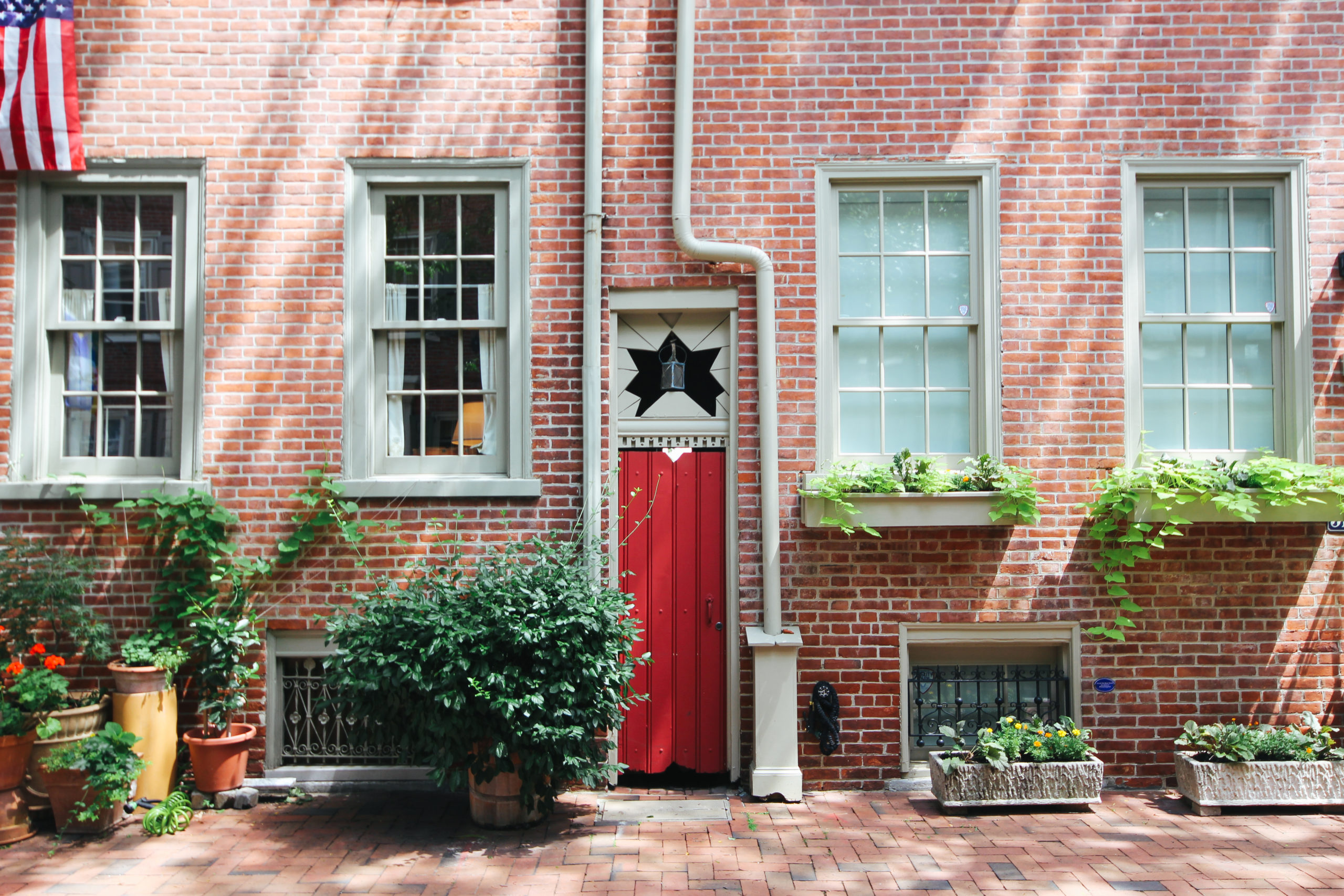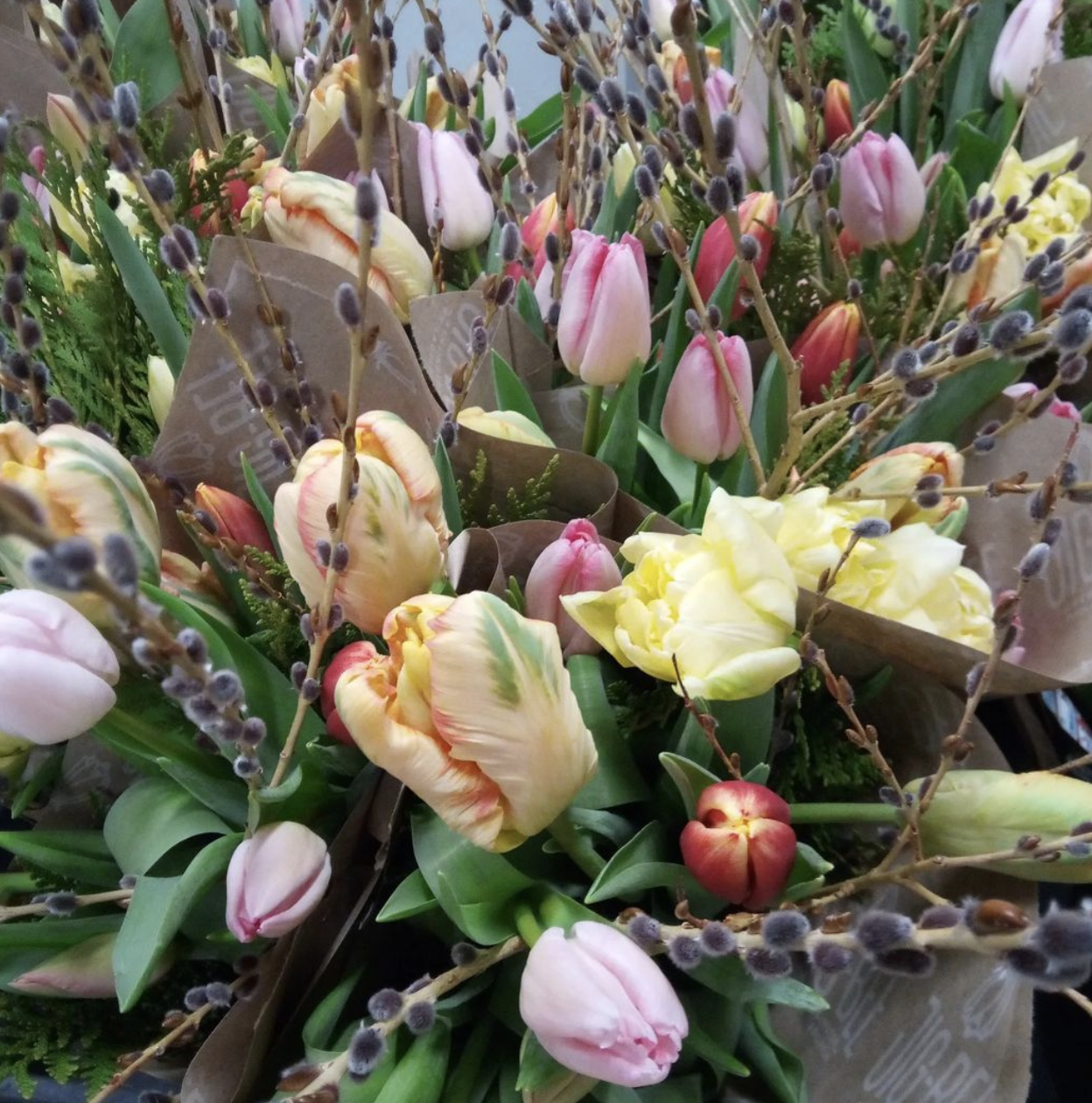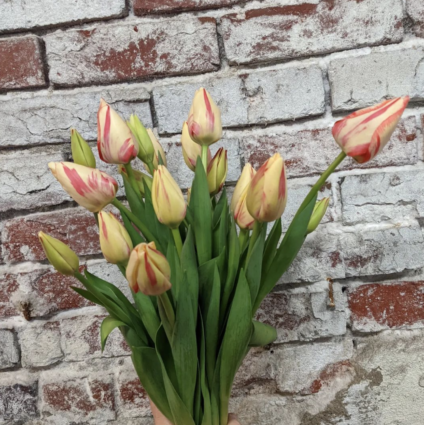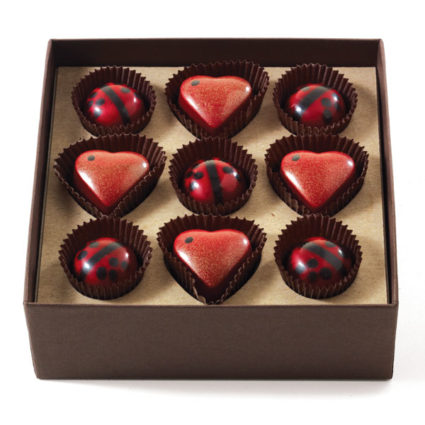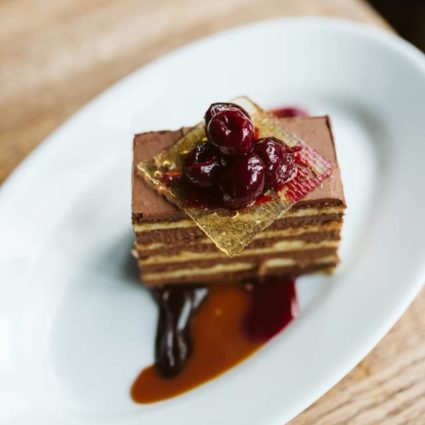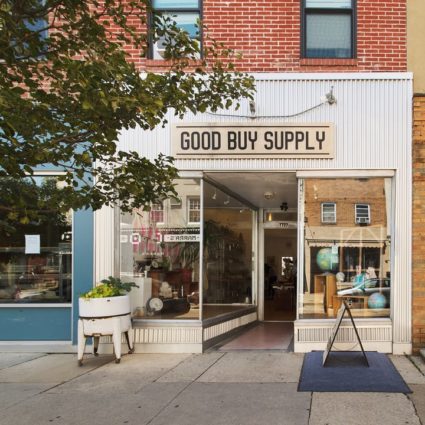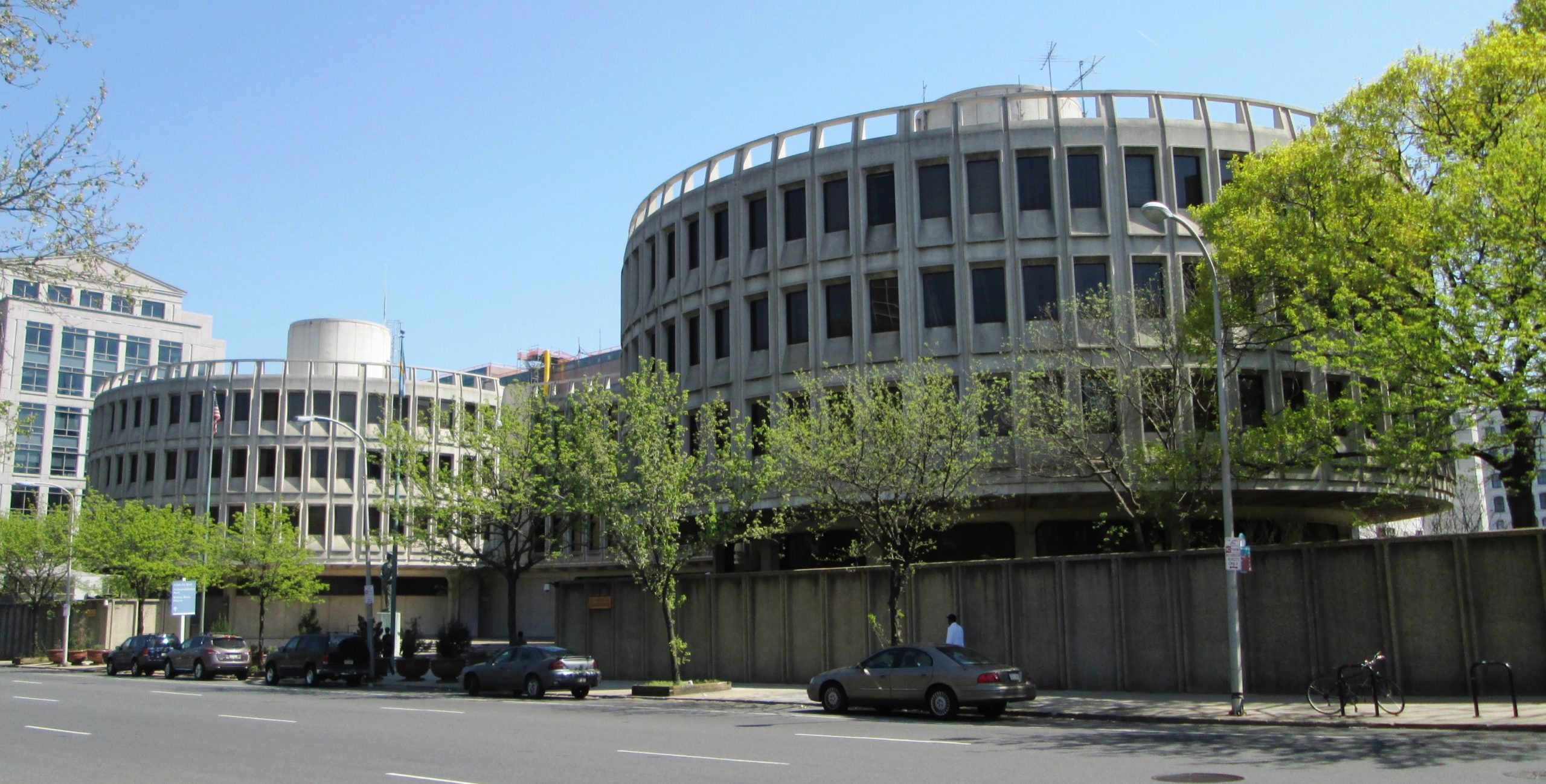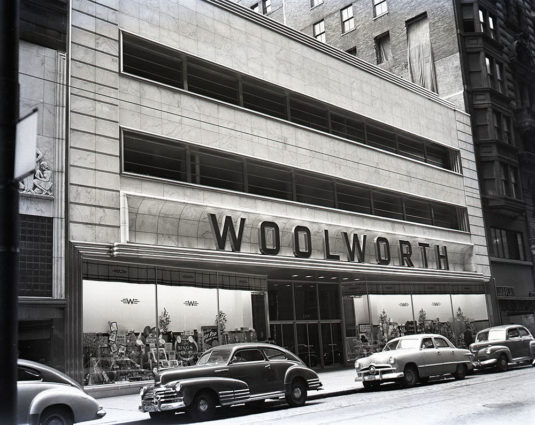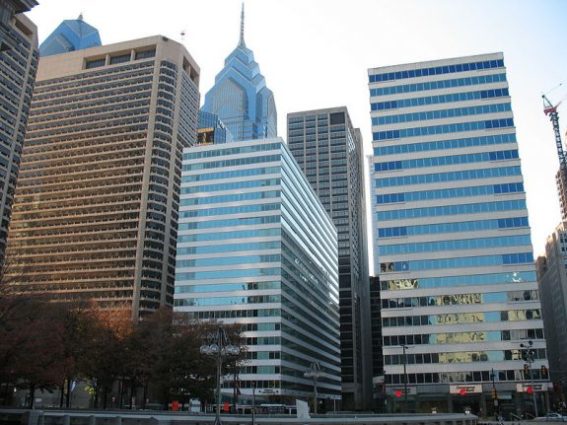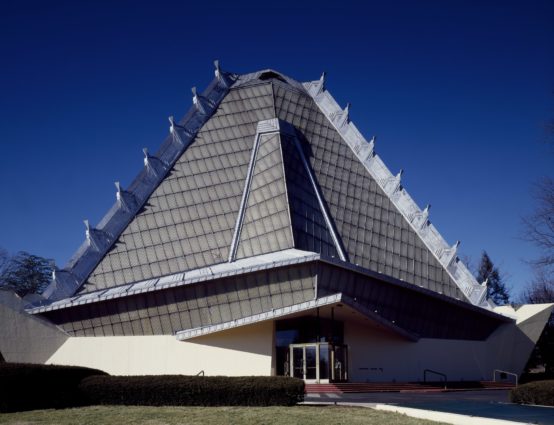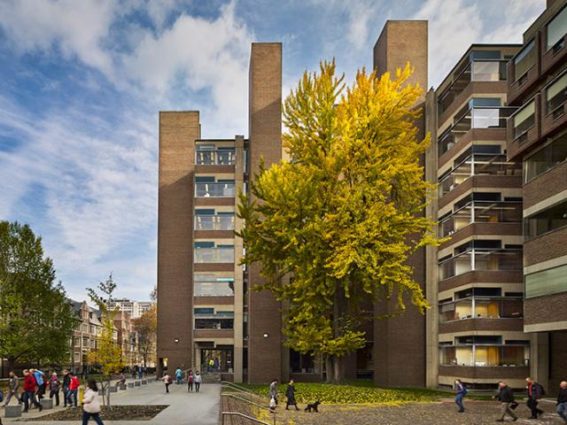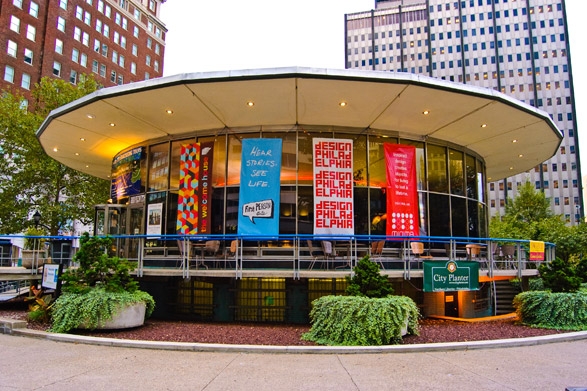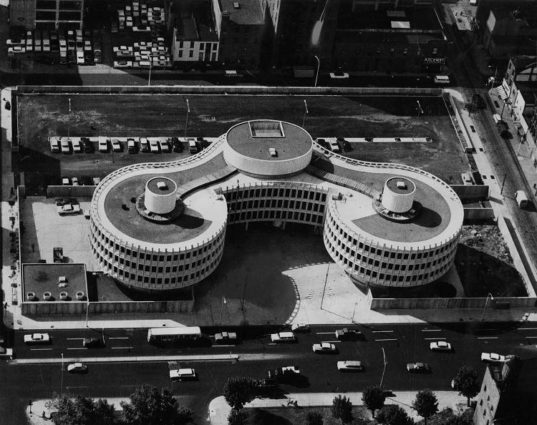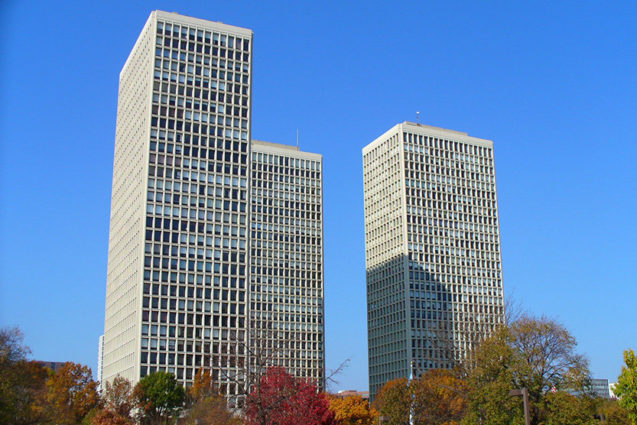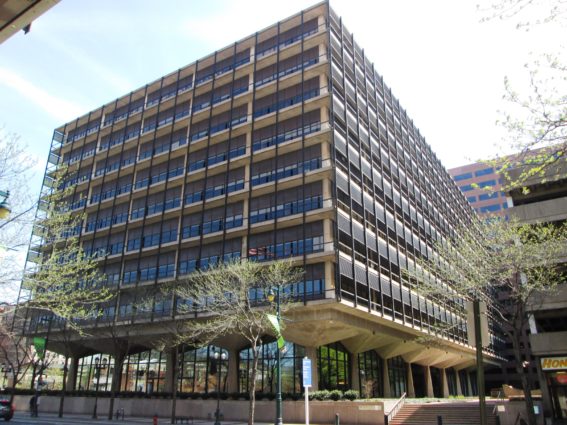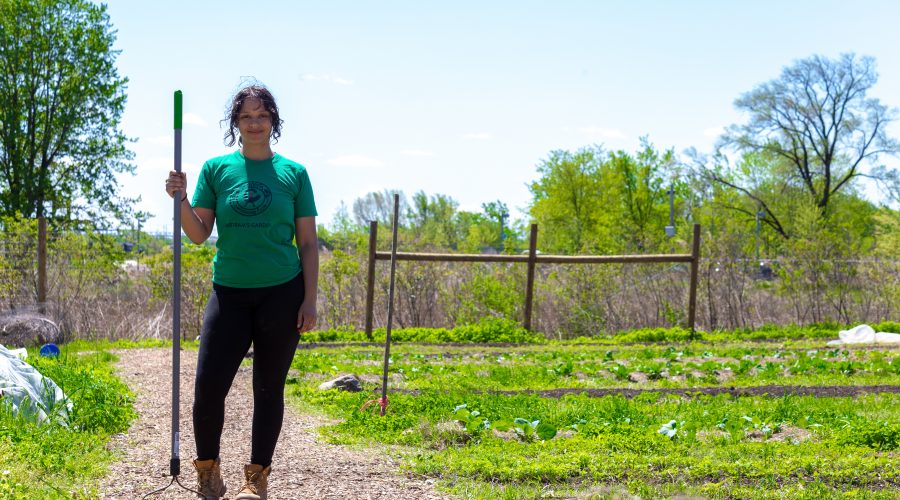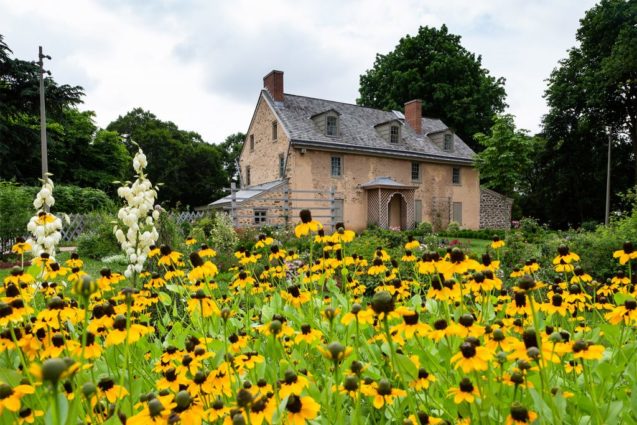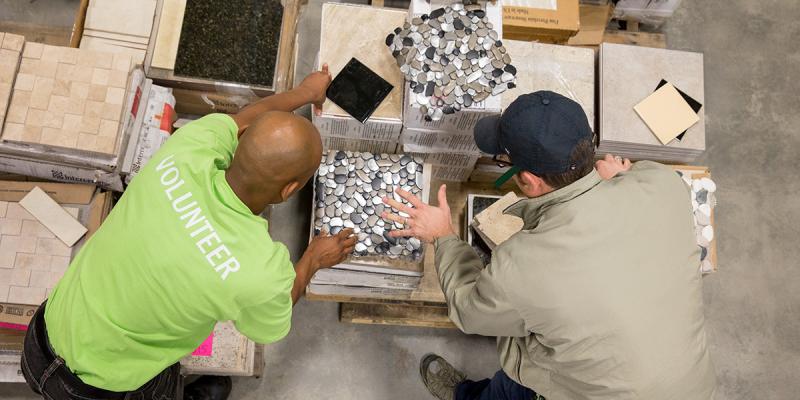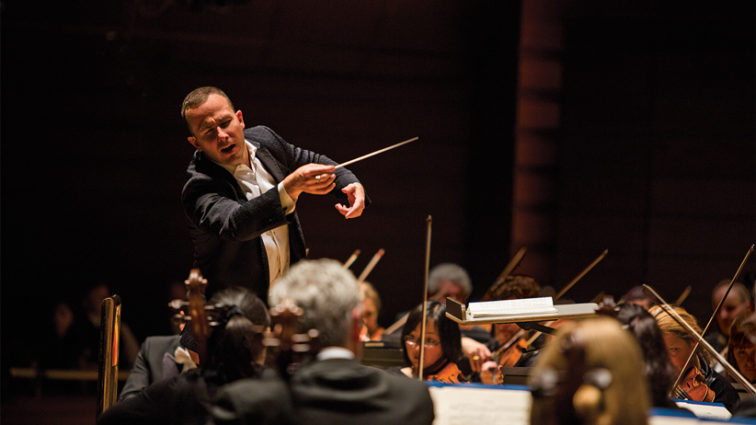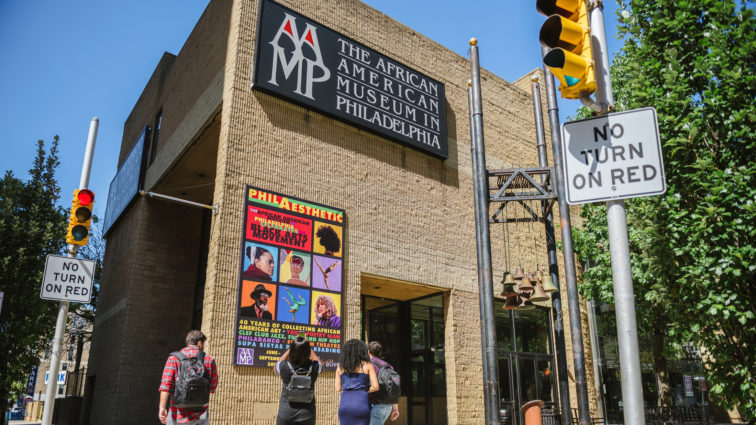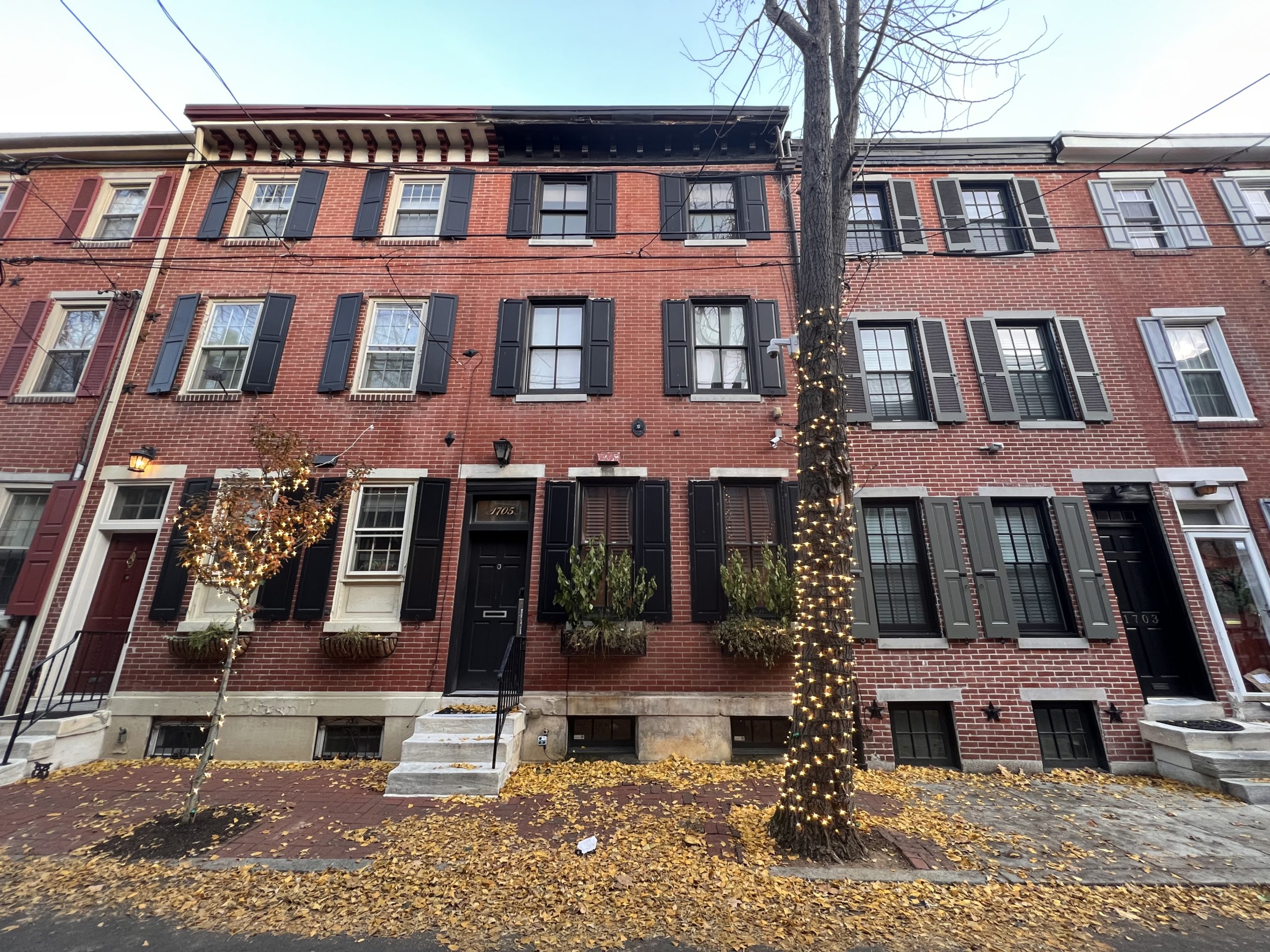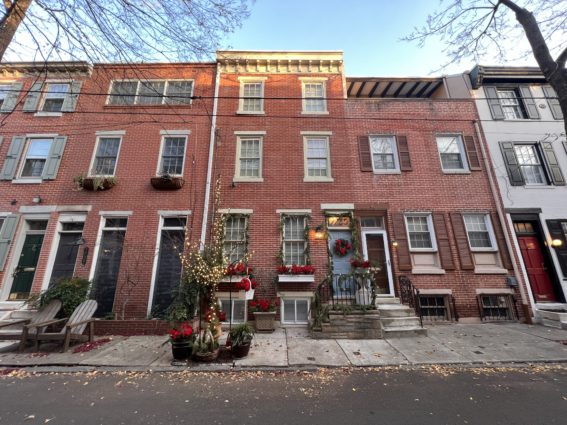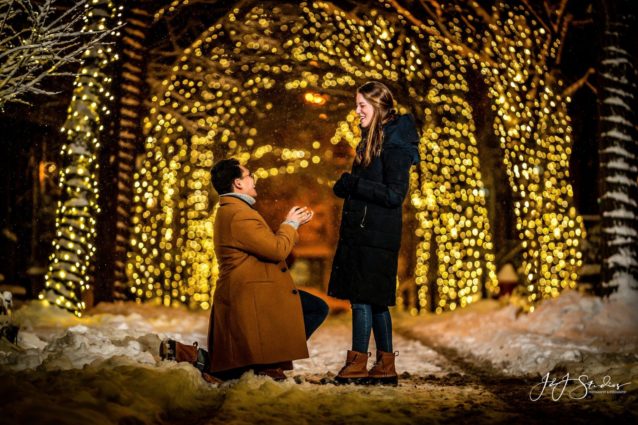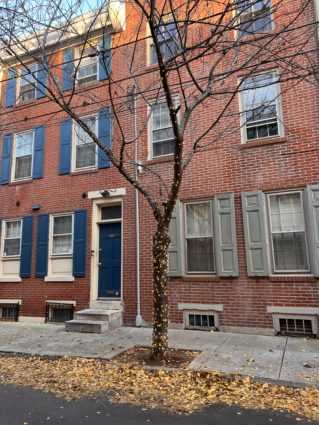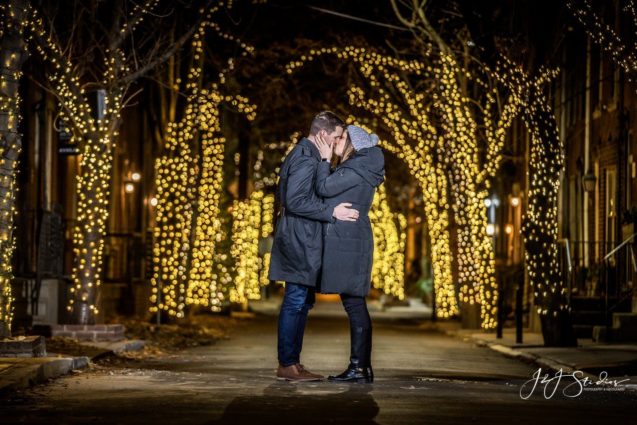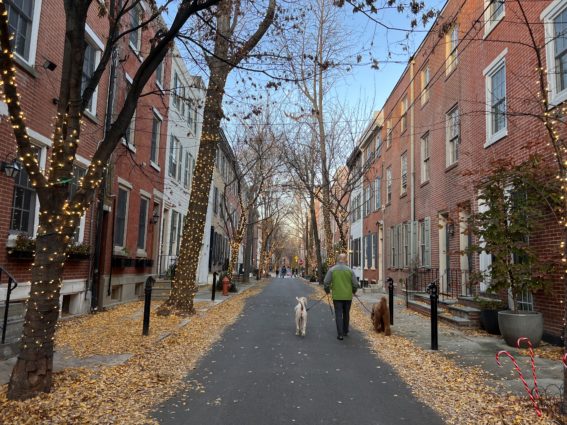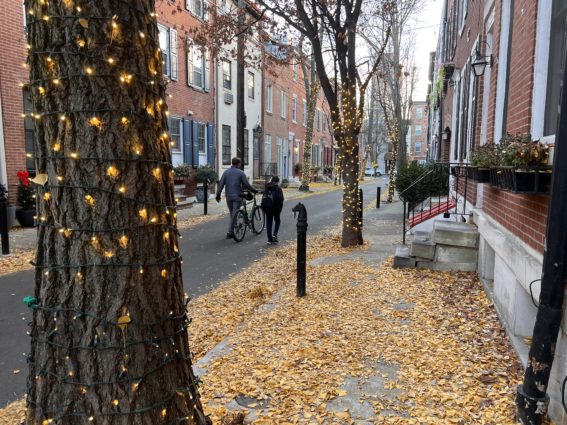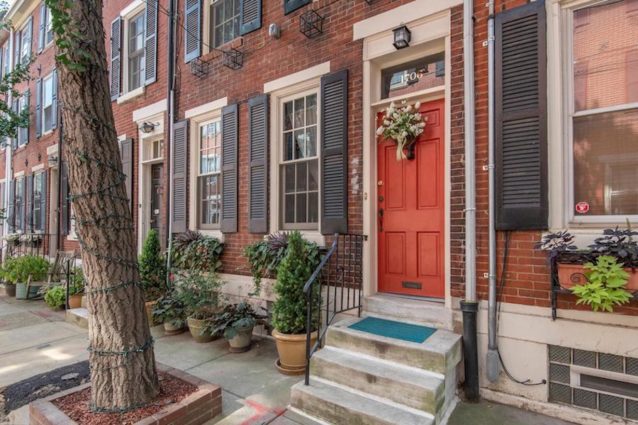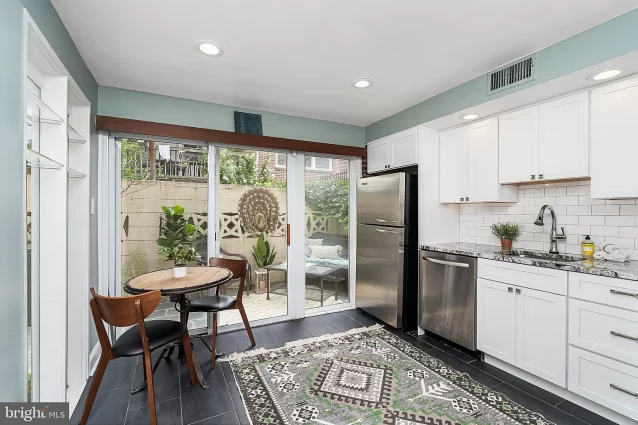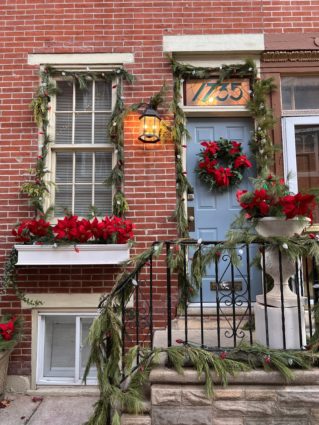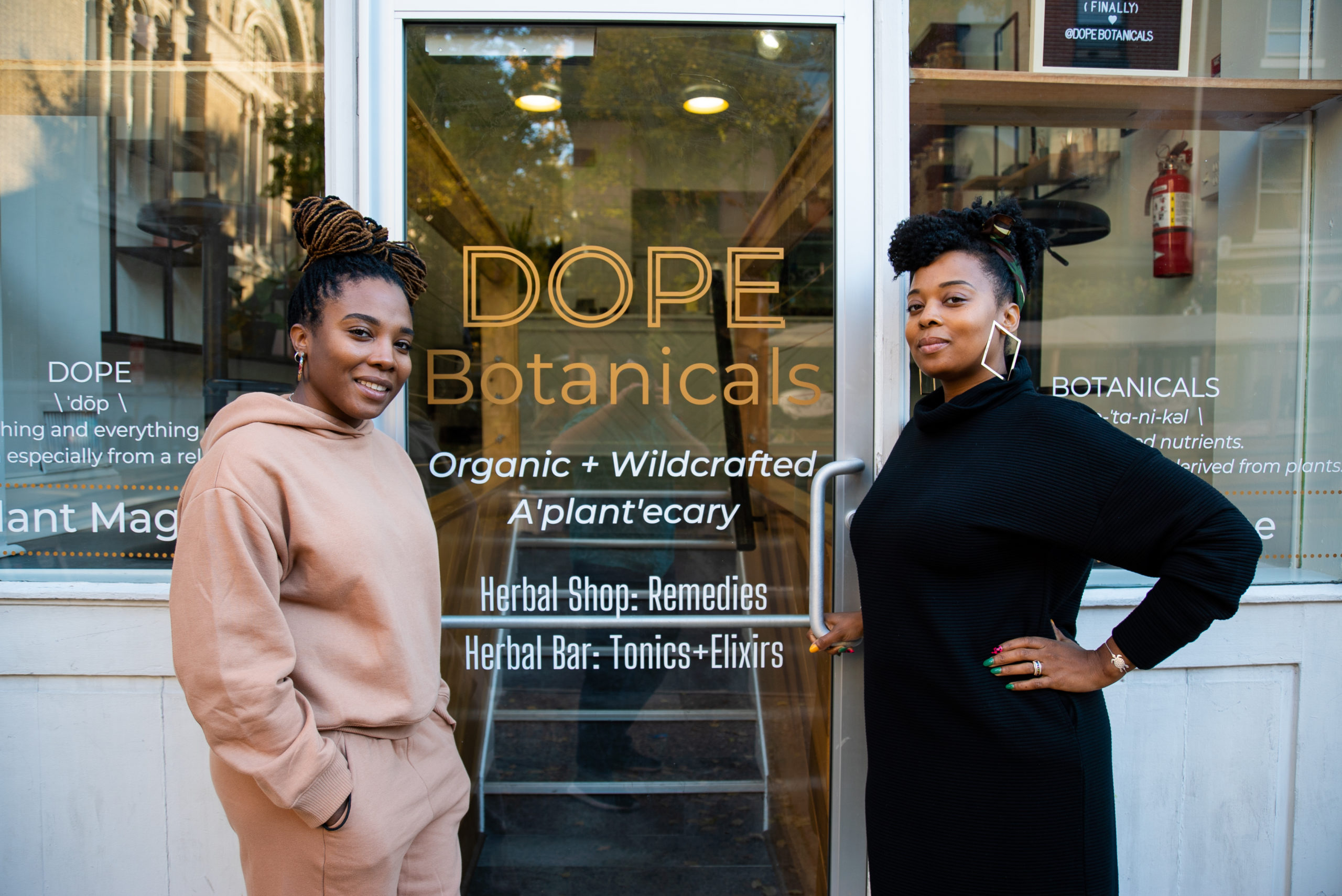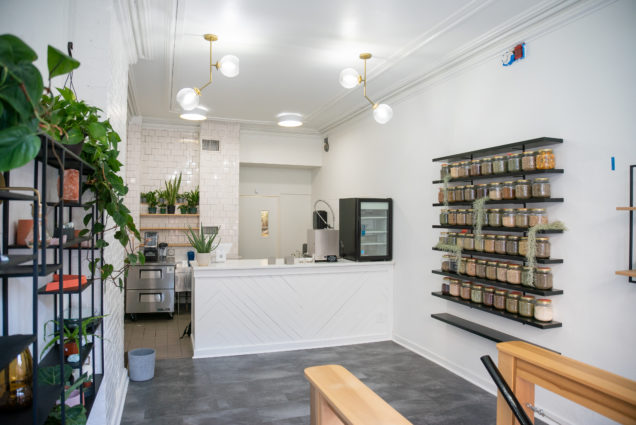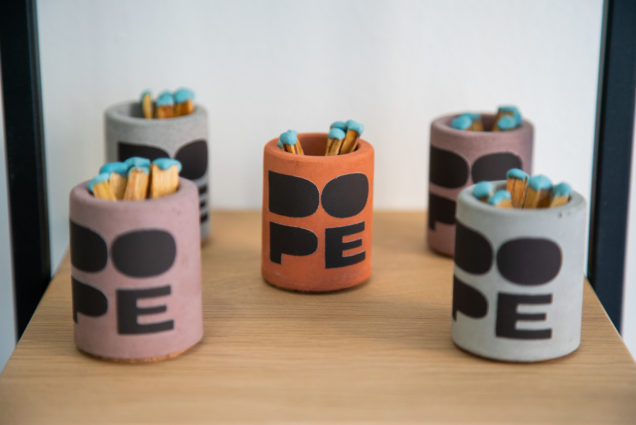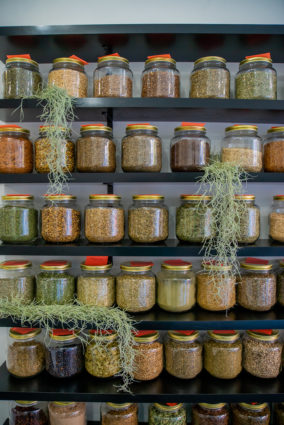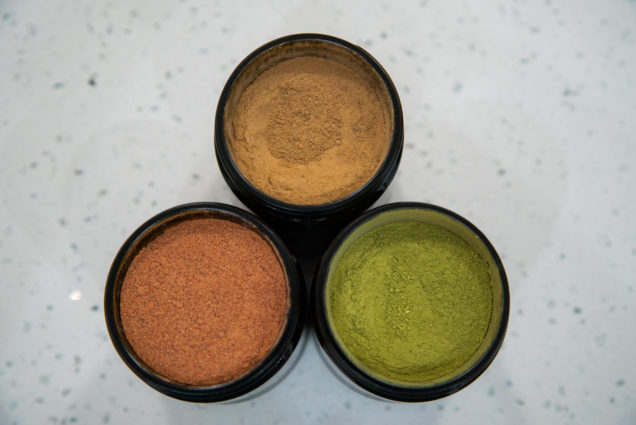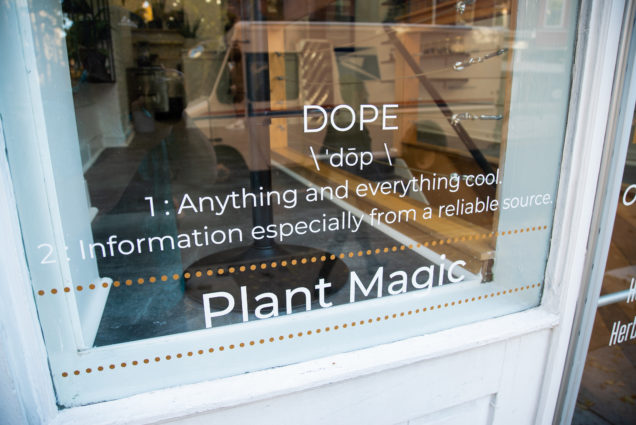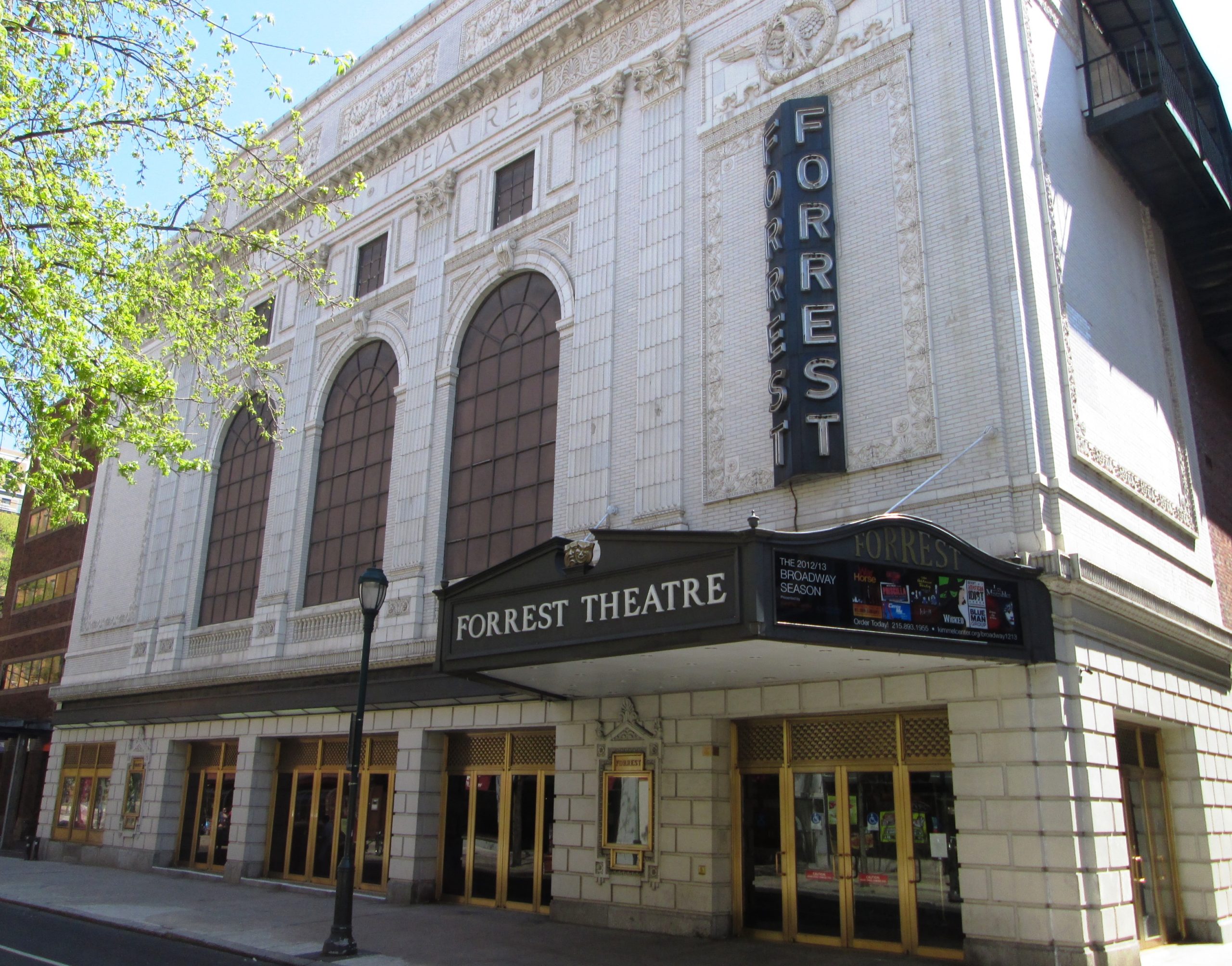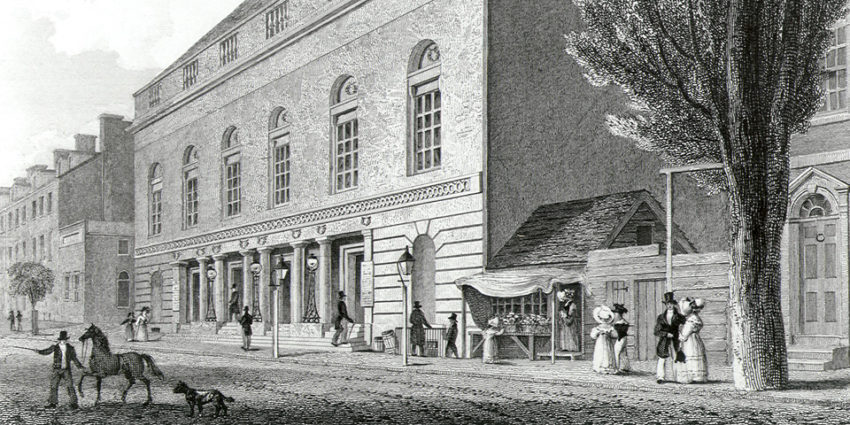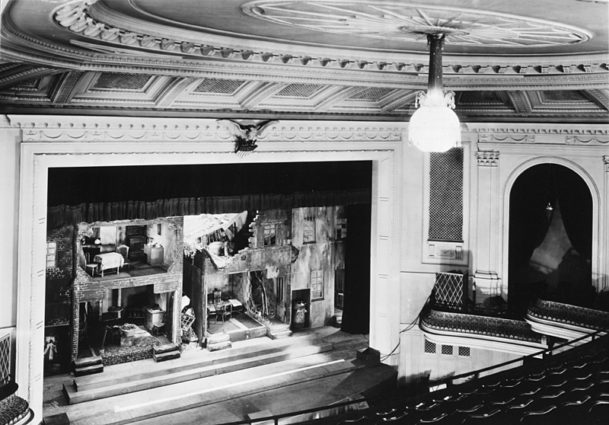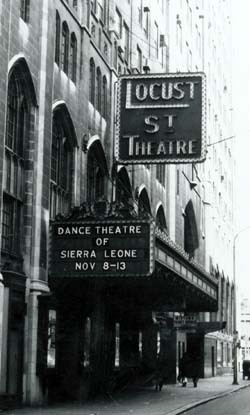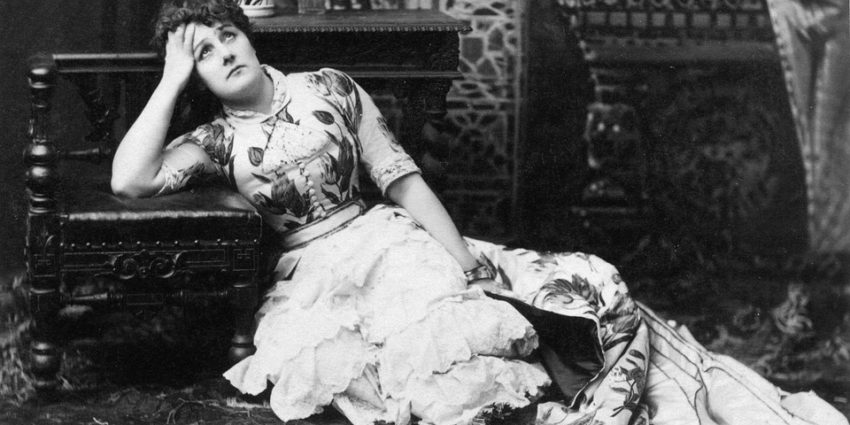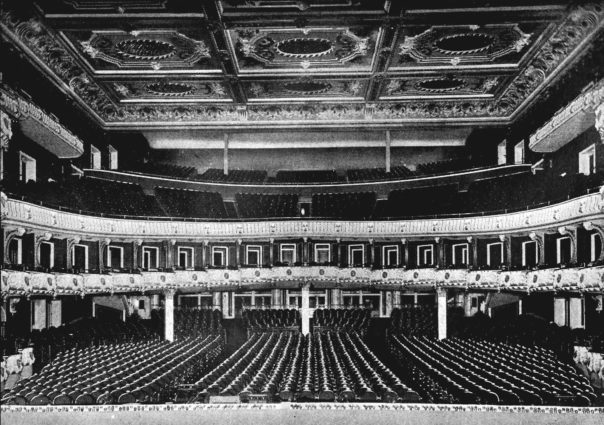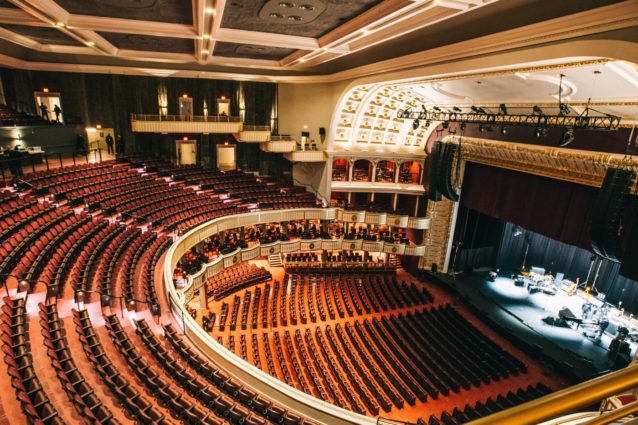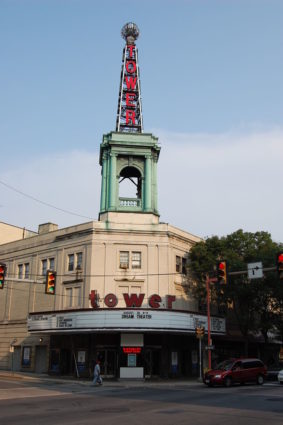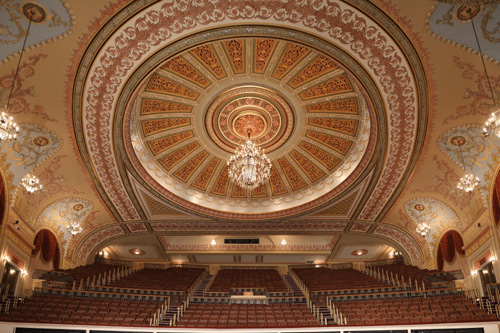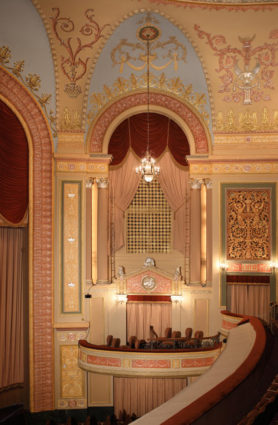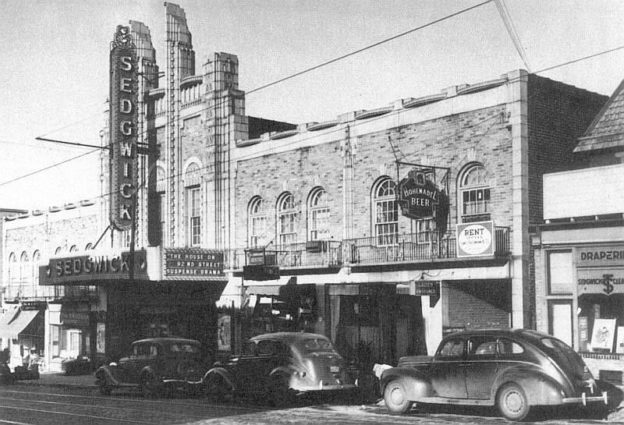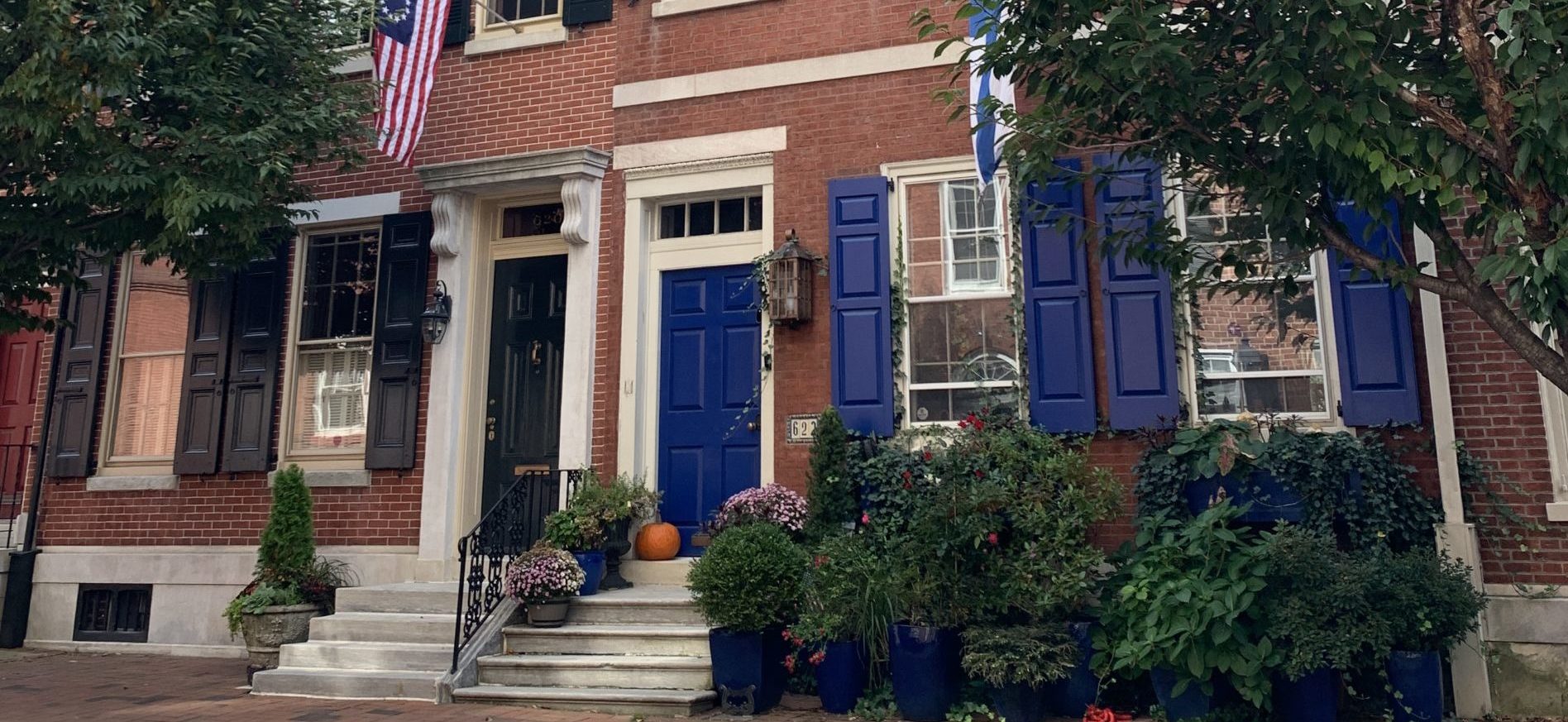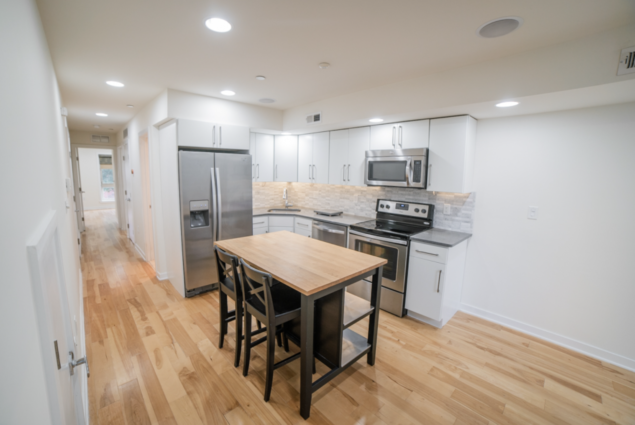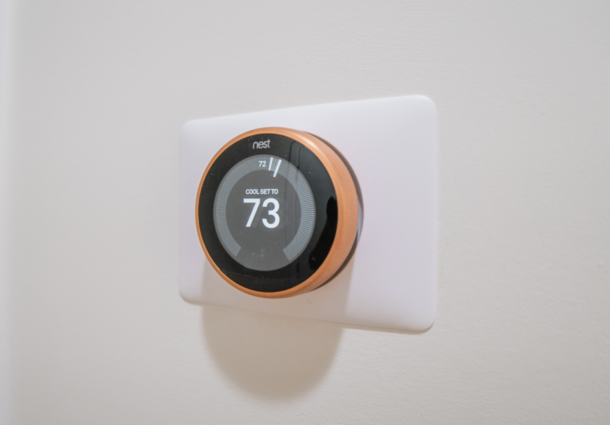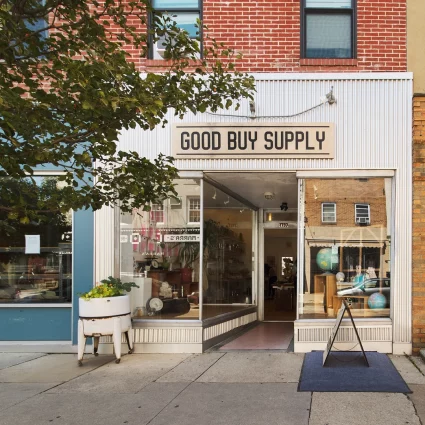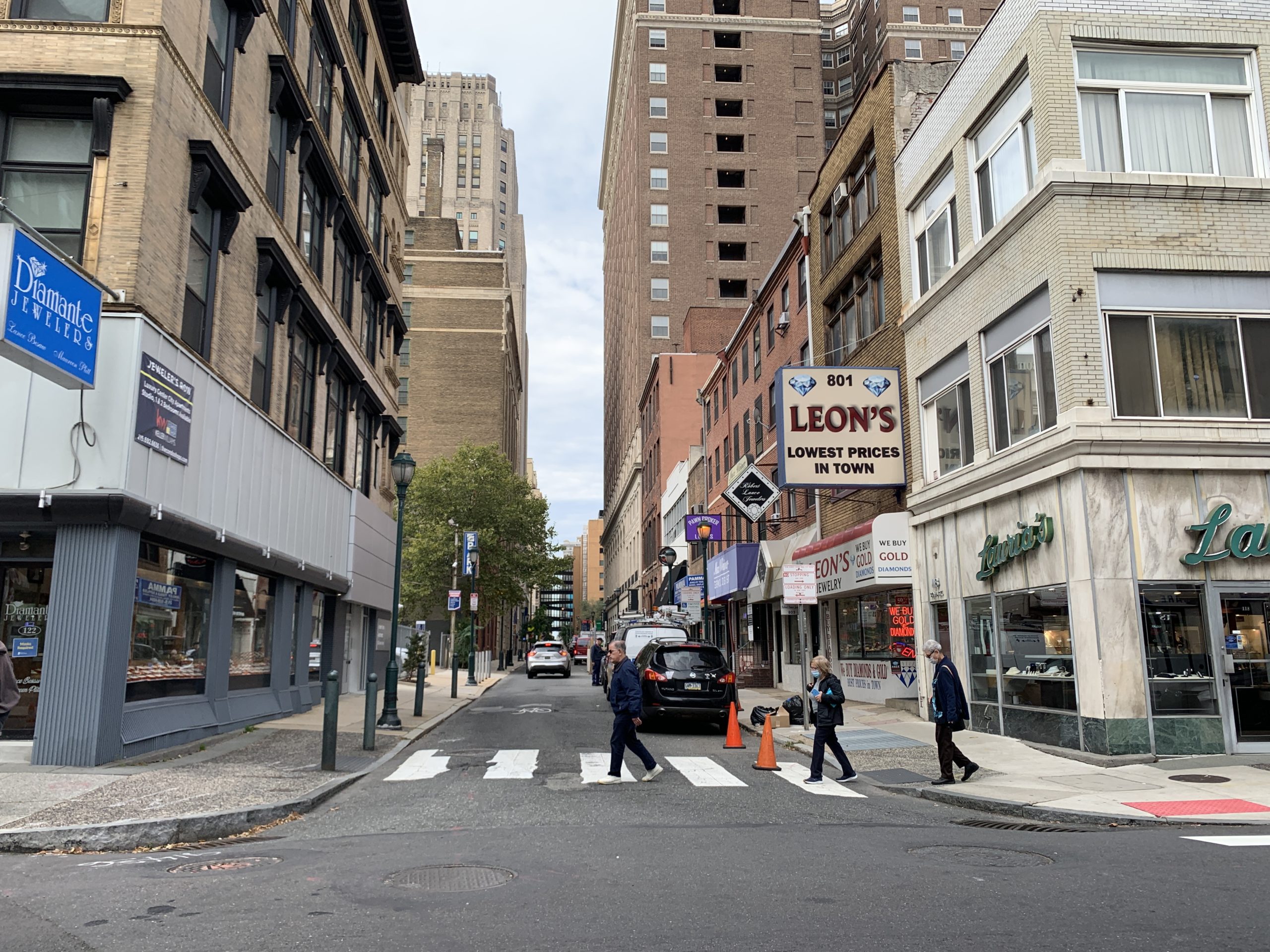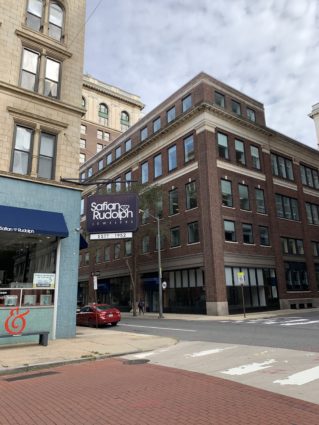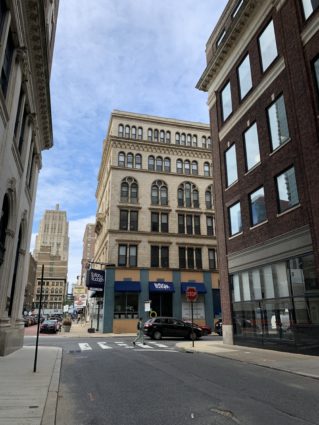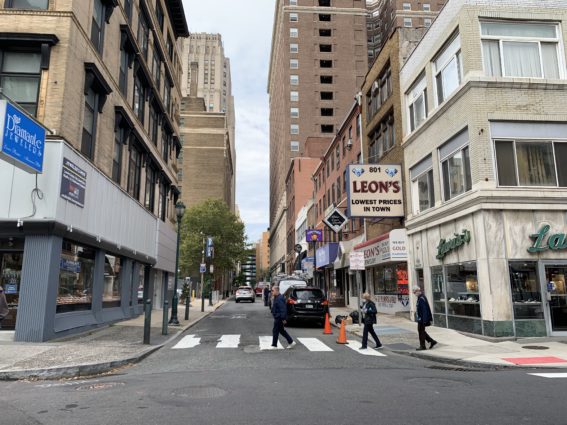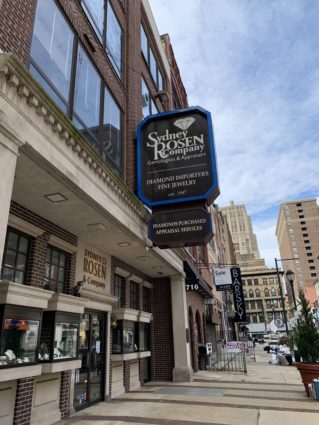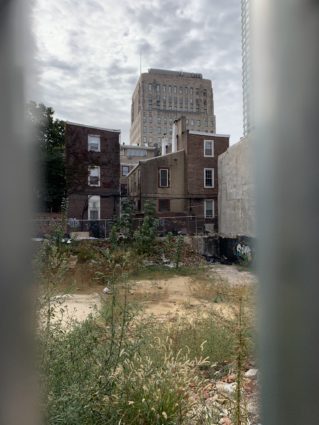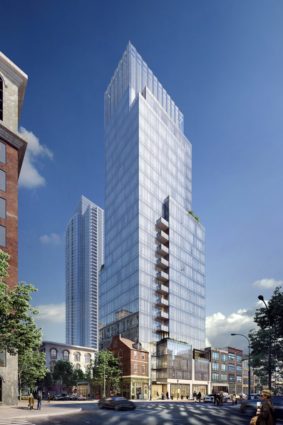A good agent will guide you through the process and help you list your home for sale but getting the best possible price for your home requires more than simply hiring a reputable real estate agent. There are a series of steps you’ll need to take to prepare the home for sale, beginning months before they show the property. Here is a checklist to help you prepare your home for sale.
Curb Appeal
Potential buyers form an impression before they enter your home. If you are not sure what needs to be updated, take a photo of your home from across the street. See if the front door and shutters would benefit from a fresh coat of paint if a new light fixture would make your home more inviting. Consider placing a planter by the front door.
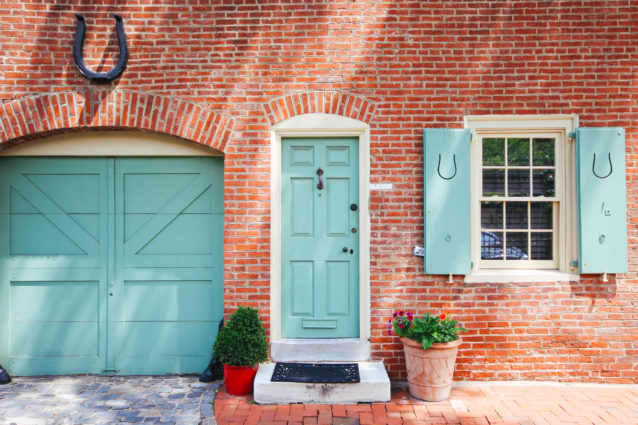
If you have been putting off re-pointing brickwork or repainting stucco, now is the time to do so. Assuming the new owner will do these things will reduce your sale price. Clean all windows and screens. If you have a storm door or screen door, make sure it looks new or replace it.
If the sidewalk in front of your home is cracked, broken, or capable of causing a fall, that’s definitely something you’ll want to fix.
“A pre-inspection might also be a good way to know and correct defects that could come up,” said Deborah Solo, founder of Solo Real Estate. “I usually do a walk-through of a potential listing to see what each property could benefit from.”
Declutter
30 days before buyers arrive, start to clear off all counters, windowsills, and tables of clutter. That goes for inside closets and cupboards which buyers will surely open. Be prepared to use only 50% of your closet space. If it looks full to bursting, it will send a negative message. The more you remove, the more spacious your house will appear.
Remove everything that is personal. That means packing away family photos, tchotchkes, religious objects, homemade crafts, artwork, and refrigerator magnets. Go room by room and eliminate unnecessary furniture taking up valuable space. Your home should look clean, spacious, and clear of anything that might get in the way of someone imagining themselves in the house.
Donate what you no longer need and take items to a storage facility rather than piling up boxes in your basement or garage. This will also make your move easier. Got kids? Store all toys, games, etc.
Re-paint the interior
The ideal time to paint your home is a month before the listing goes live — the walls will still look freshly painted when your home goes on the market, and you’ve likely already done some of the packing and moving, so you won’t scratch or damage newly painted walls.
Even if a pricey decorator chose trendy gray and “greige” tones for your home, repaint every room a light, neutral color without accent walls. Shoot for one of Benjamin Moore’s white or neutral colors. Leave the “color of the year” up to the next homeowner. Don’t forget to paint windowsills and baseboards.
Lighten up
Replace dim light bulbs with brighter, more energy-efficient LED bulbs, especially in ceiling and bathroom fixtures.
Tighten up
Check all door, stove, and cabinet handles. If any are loose, get out your screwdriver.
Add some green plants
Plants create a welcoming environment. Consider placing a bouquet of flowers on your dining room table and a bowl of fresh fruit on a kitchen counter. If the clutter you removed leaves bookcases and coffee tables looking empty, add a green plant. Avoid plastic plants as they can look cheap and communicate the wrong message.
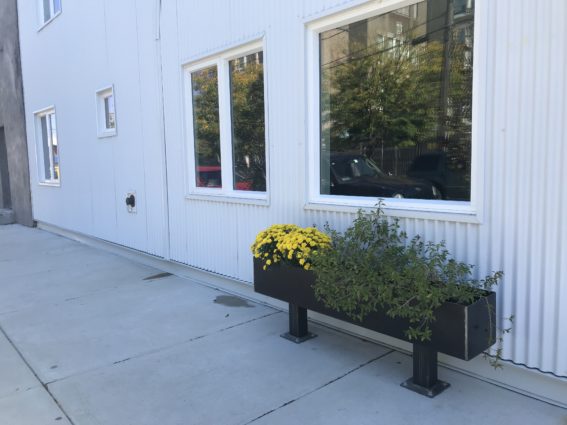
Do A Smell Test For Any Odors
Ask your real estate agent if they can detect any unpleasant odors. If you have a pet or a smoker in your home, masking these odors with room deodorizers isn’t enough. Invest in a professional deep clean which includes all surfaces, carpets, and furniture. You may choose to board your pet while showing your home.
Schedule Cleanings
Consider hiring a cleaning service that will come back weekly. Unless your home sells to the very first potential buyer, you will have to repeatedly shine your kitchen and bathroom floors, dust, vacuum, etc. Use a professional carpet cleaner, especially if you have pets.
Hide valuables
People you don’t know personally will be coming into your home. Put all valuables, including passports, checkbooks, cash, credit cards, jewelry, and collectibles into a safety deposit box. Be especially cautious about protecting items in your home office, including laptops and files.
Staging
Consider hiring a staging company. Let’s say the home you are selling isn’t yours and it belonged to your parents who hadn’t bought a new piece of furniture since the mid-80s. If you do not want the furniture, donate it and hire a staging company. They will fill the house with classic pieces and attractive décor which will help appeal to younger buyers.
That is not the only reason to use a staging company. It also makes sense if you have already closed on your new home and want to live there before your old house sells.
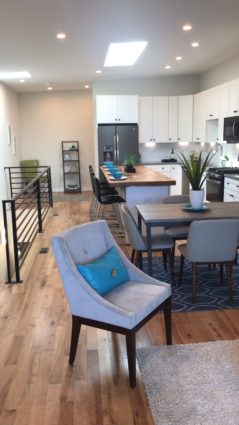
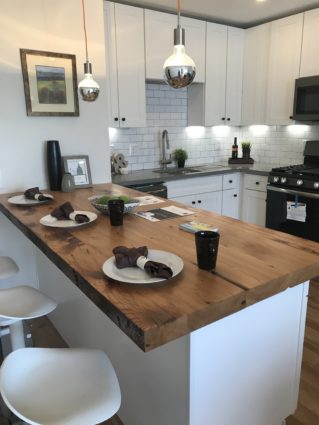
Solo Real Estate has decades of experience helping buyers and sellers achieve their goals, and we understand there’s no one size fits all approach to getting ready to sell your home. We have longstanding vendor relationships with contractors, lenders, and staging companies so we can provide guidance, recommendations and even handle all the details for sellers who may not live in Philadelphia anymore or don’t have the time.
Our agents are experts at helping homeowners overcome any hurdles that may come up along the way so you can get the best offer and arrive at a smooth through closing. Thinking of selling your home? Email us to discuss your real estate goals!

